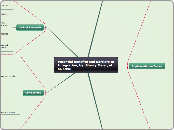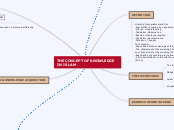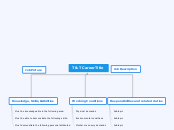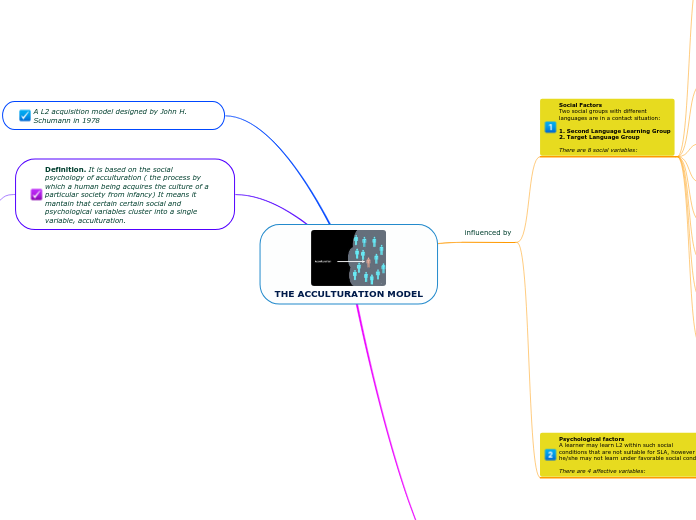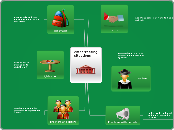av Marco Castillo 12 år siden
374
Potential Benefits and Barriers to Integration
Implementing integrated curricula in schools faces several hurdles. Key challenges include insufficiently equipped labs and rigid student schedules, which hinder proper lab-oriented science education.
